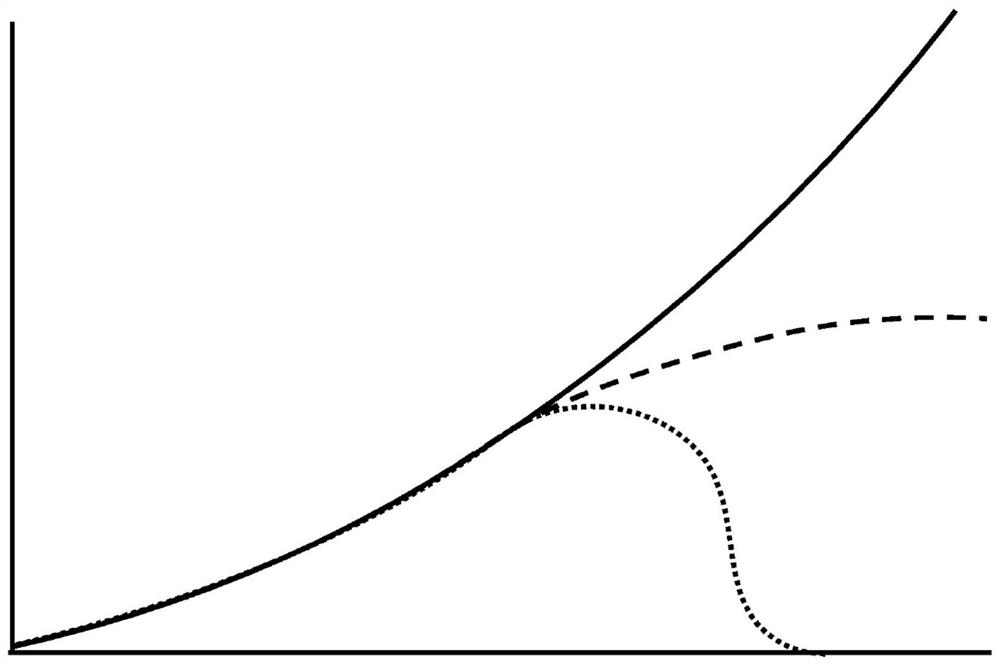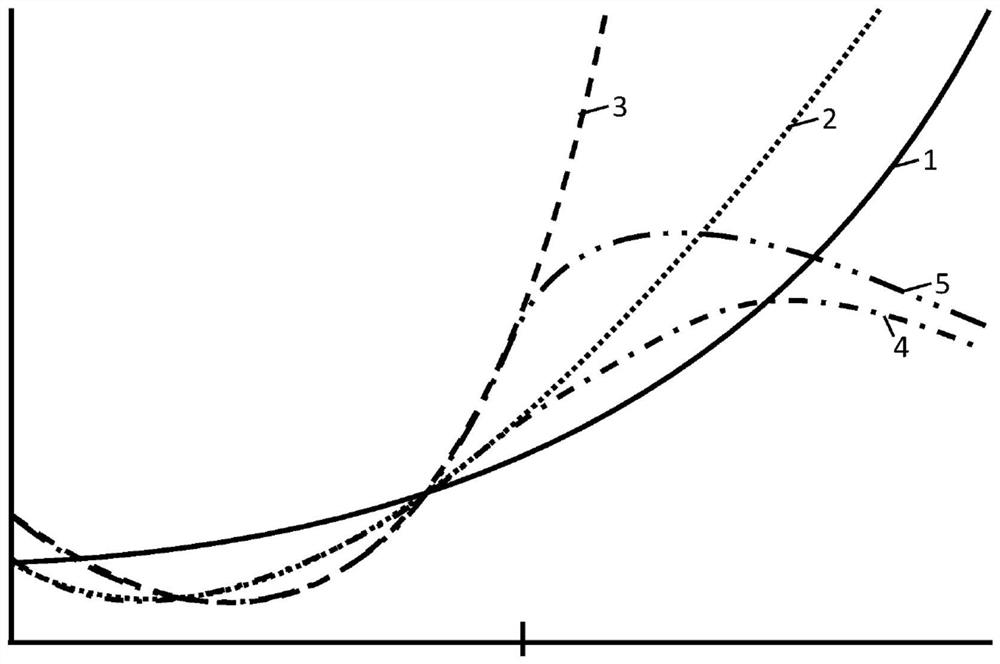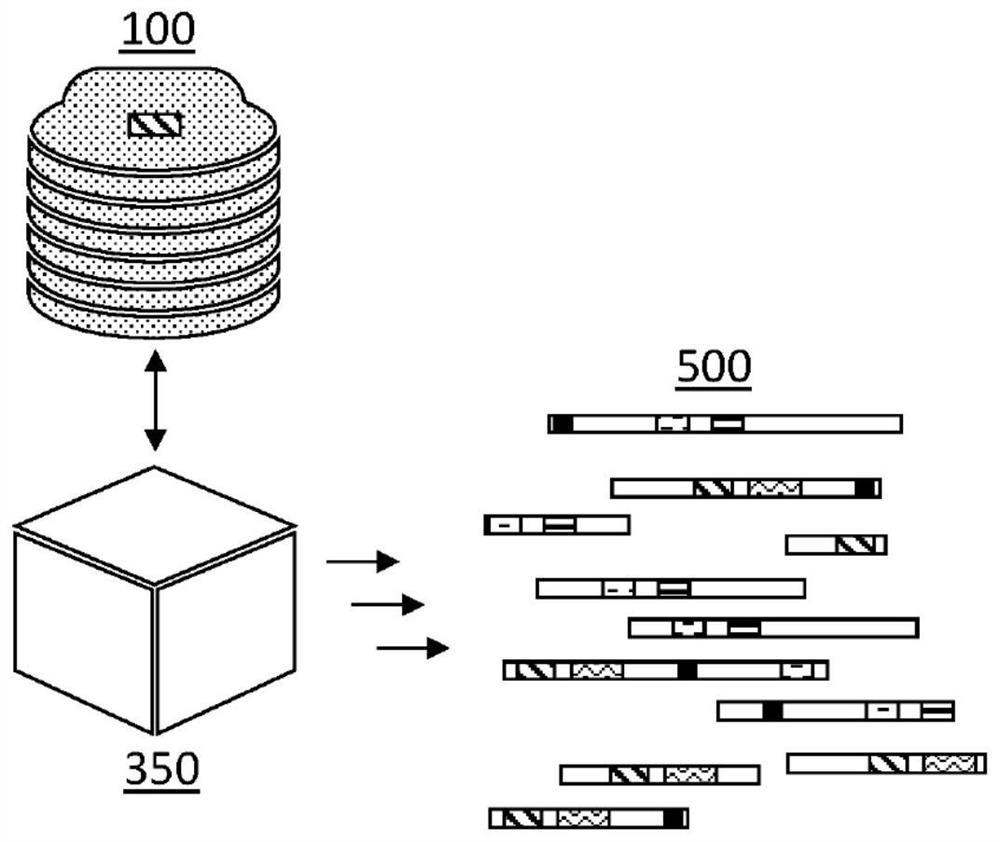Biological information handling
A biological sub- and biological sequence technology, which is applied in the field of retrieving and/or associating the biological information, can solve problems such as not allowing data to be combed, and achieve the effects of fast and deterministic sequence generation, reducing errors, and improving speed
- Summary
- Abstract
- Description
- Claims
- Application Information
AI Technical Summary
Problems solved by technology
Method used
Image
Examples
Embodiment 1
[0184] Embodiment 1: Correlating biological information according to the present invention
Embodiment 1a
[0185] Example 1a: Finding Biological Sequences with Equivalent Biological Functions
[0186] For an application in the agricultural domain, a proof-of-concept information retrieval was performed. In this proof-of-concept, HYFT TM The protein fingerprint "WIGLVFL" was identified as a relatively frequently occurring fingerprint within the domain. All protein sequences comprising "WIGLVFL" were then retrieved from the repository of processed biological sequences as described herein and the results analyzed. Notably, after studying the biological functions of the retrieved sequences using public databases, it was found that most of them were related to photosynthesis, and this was across different species. Therefore, discover HYFT TM "WIGLVFL" is an anchor associated with distinct but functionally related biological entities.
Embodiment 1b
[0187] Example 1b: Finding connections between related biological sequences
[0188] As another proof of concept, a simple text search was performed on protein sequences whose names included "fibroblast growth factor receptor 2." Corresponding results are retrieved from the repository of processed biological sequences as described herein. After analyzing the retrieved results, it was found that basically all protein sequences have "WSLIMES" or "WIKHVEK" as the most stringent HYFT TM (i.e. the longest HYFT with the lowest number of combinations TM ). Based on this, a repository of processed biological sequences and / or a repository of fingerprint data strings can be annotated with this information such that whenever seeking information about HYFTs TM "WSLIMES" and / or "WIKHVEK" may be used when these information are considered representative of biological entities.
[0189] Note that there may be different entry and exit points through HYFTs TM Link. For example, a text sea...
PUM
 Login to View More
Login to View More Abstract
Description
Claims
Application Information
 Login to View More
Login to View More - R&D
- Intellectual Property
- Life Sciences
- Materials
- Tech Scout
- Unparalleled Data Quality
- Higher Quality Content
- 60% Fewer Hallucinations
Browse by: Latest US Patents, China's latest patents, Technical Efficacy Thesaurus, Application Domain, Technology Topic, Popular Technical Reports.
© 2025 PatSnap. All rights reserved.Legal|Privacy policy|Modern Slavery Act Transparency Statement|Sitemap|About US| Contact US: help@patsnap.com



